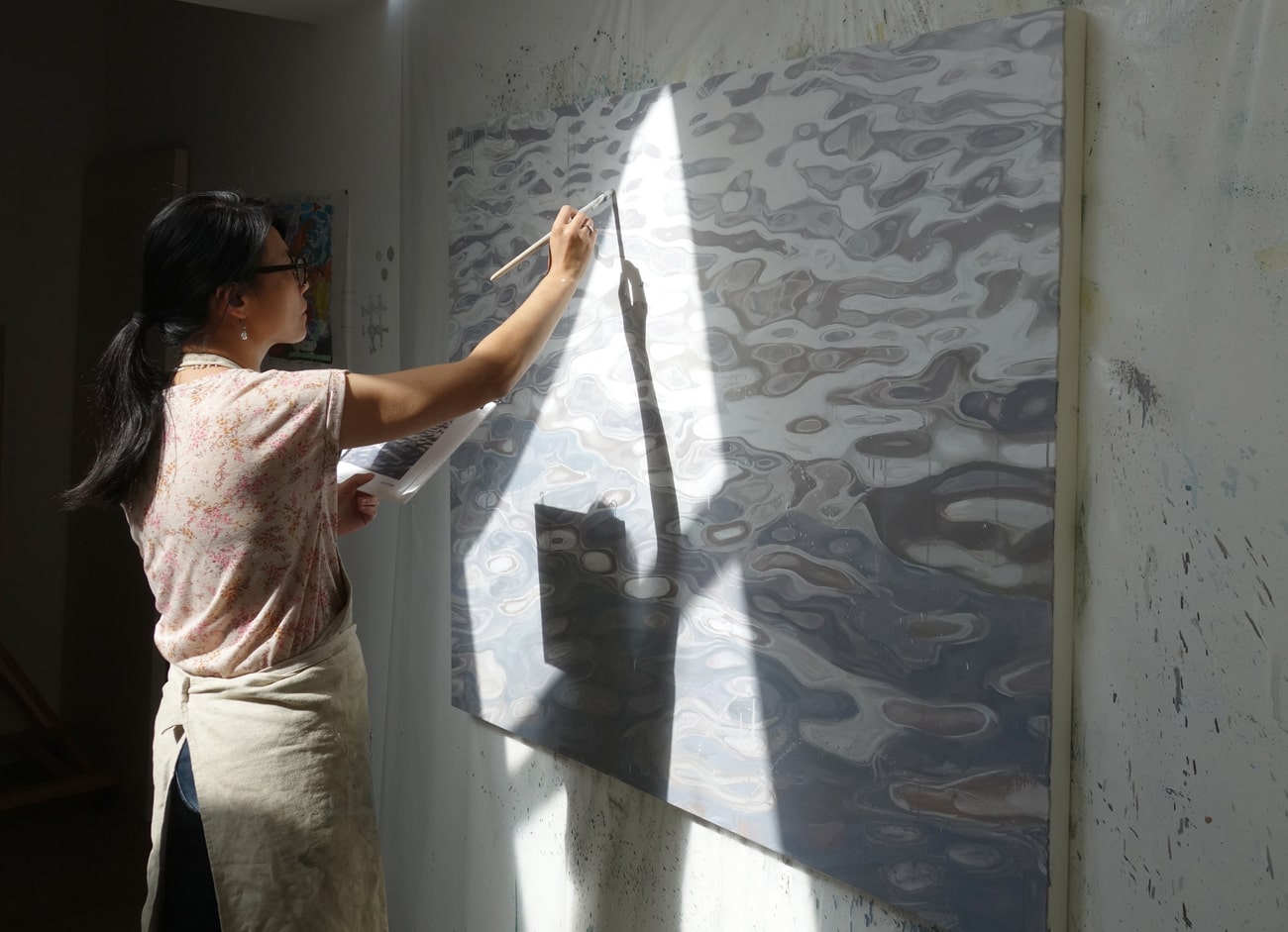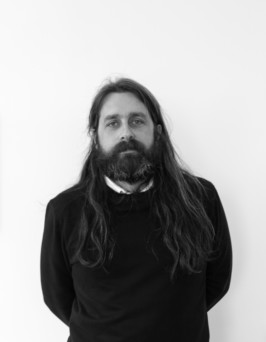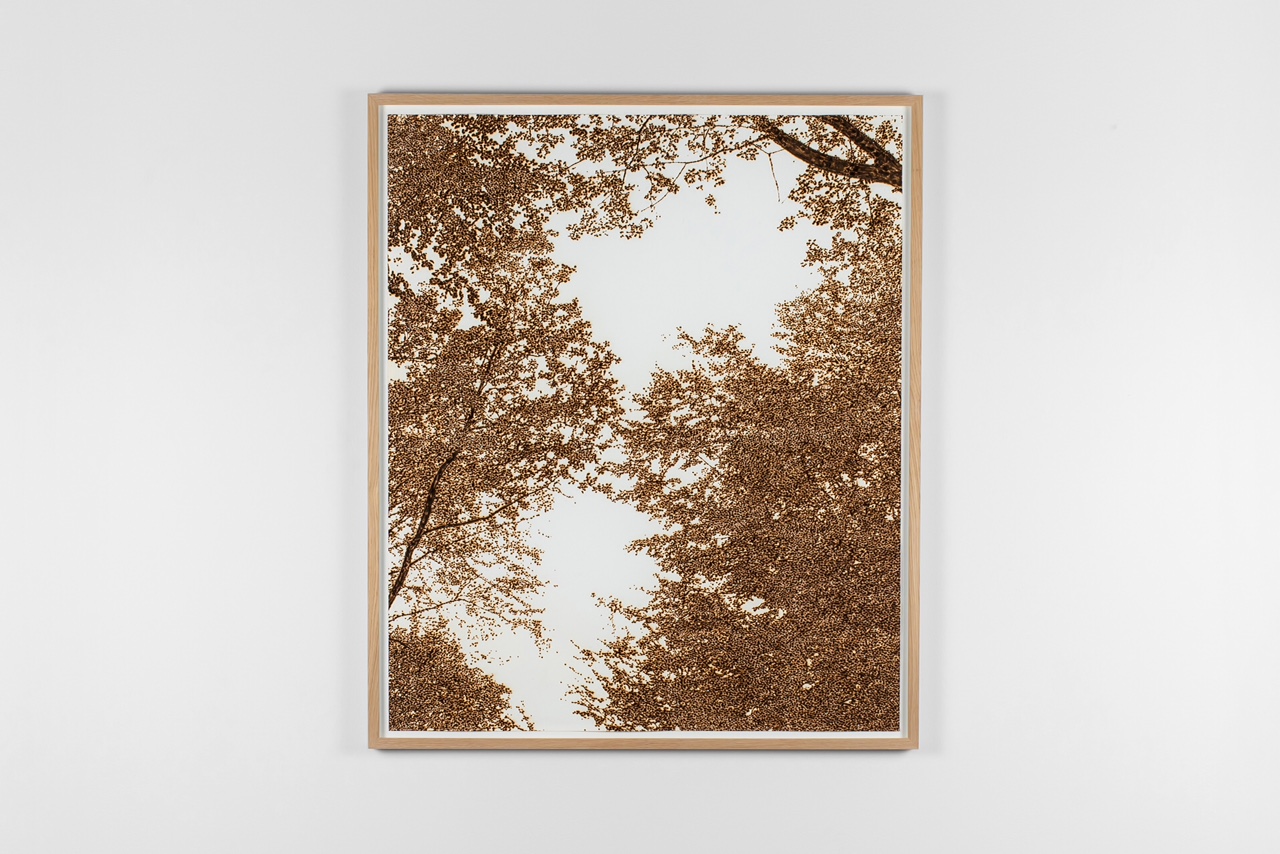
The temporality
For this group show, Just in Time, at 22 avenue Pierre 1er de Serbie, the gallery 208 presents 4 artists. Their works question the temporality, the one of the present time, of the time which passes or imagined, the one of the memory. Works that measure time and its duration. That of a short moment, taken on the spot or atemporal and which stretches indefinitely.
The gesture of the painter, the movement of the line, memorize this representation in a given space and the temporality of the story in the image. Just like the time which seems frozen by the capture of the artist. This invites us to contemplation, reverie and reflection. How to question time, how to capture it? Whatever the practice, the subject, the medium or the support, time is here protean, complex and moving.
The artists of Just in Time
It is in contemplation and meditation that Li Chevalier’s timeless landscapes are inscribed. Sometimes a vague silhouette emerges from an uncertain mist. Life, death, the human condition and social forms are the essential questions of Nicolas Daubanes‘ singular landscapes. For Zhu Hong, water and light translate an almost imperceptible world. It is near the water that the artist has understood that the time of reverie is a universe of emotion. Observer and contemplator, Olivier Kosta Théfaine, places the poetry and beauty of nature at the heart of his multiple research.
Beyond an exhibition, it is above all a dialogue which is established between these four artists of distant universes and testifying of the changes of our society. The gallery wishes to transmit inspiring emotions. The plurality of the approaches of the subject creates a complementarity, in spite of the questioning of identity, sensibility, or surrealism which differentiate them.
It should be noted that there are two women and two men. The women are of Asian origin while the men are European. Two divergent cultural and formal approaches. For the first one, they privilege the preservation of a saving harmony while the second one confronts fully and without detour its subject. The poetry and meditative contemplation of Asian art dialogue here with a certain violence and a very pronounced relationship to matter in European art.











